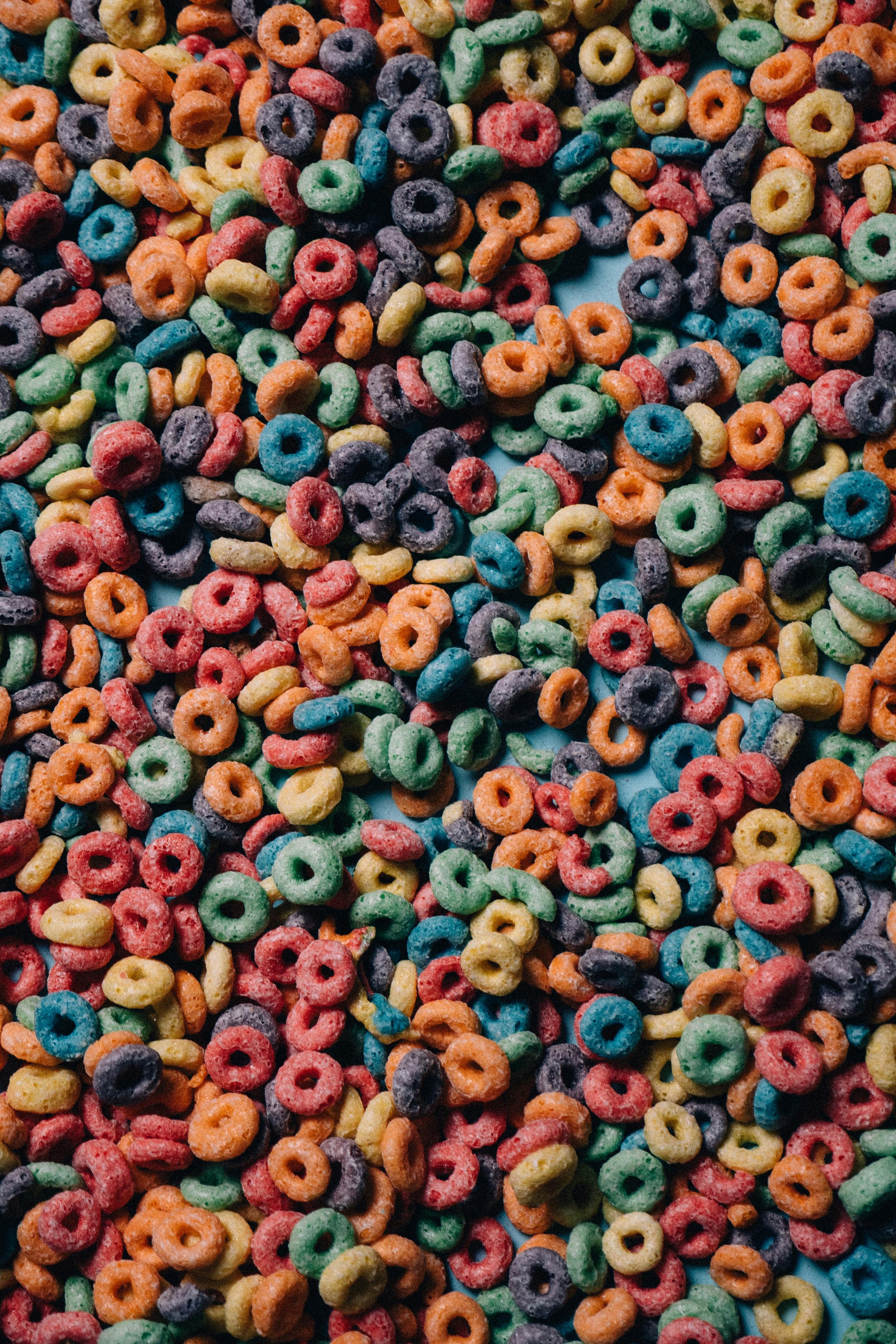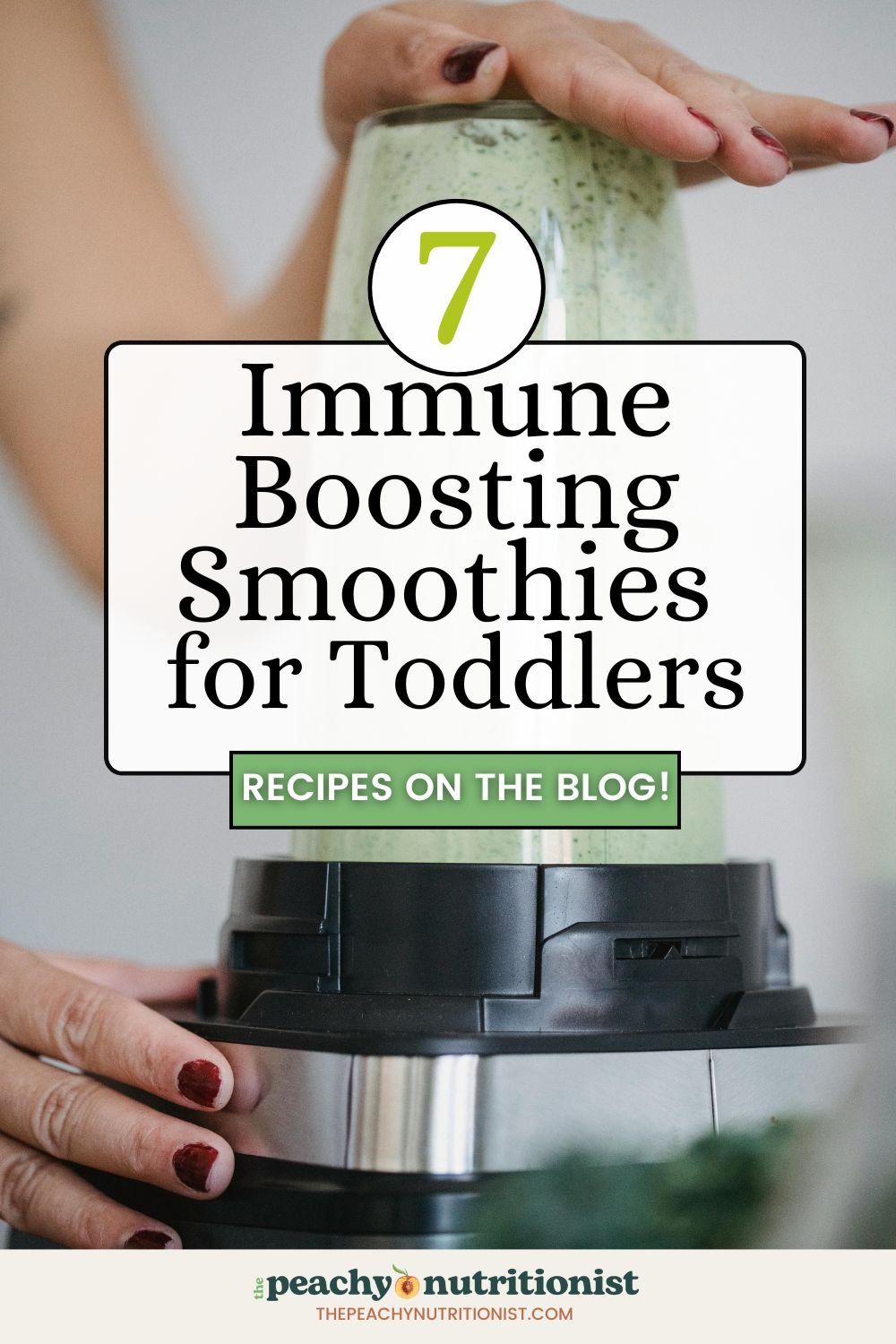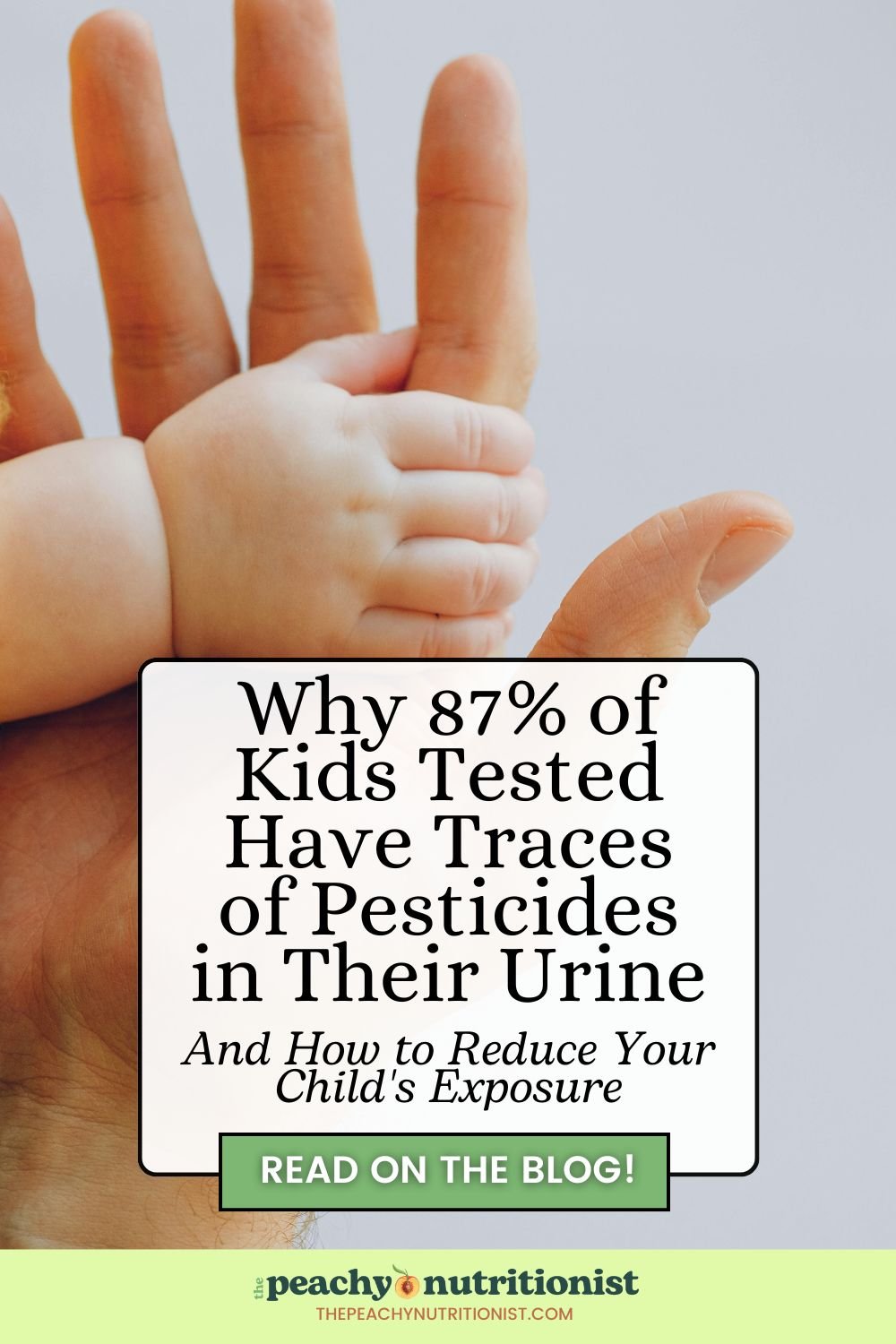Our Kids are Getting Sugar Bombed: How Much Sugar Should My Kids Really Have?
This article may contain affiliate links (which basically means if you buy something from a link on my site, I get a small percentage kickback from it.) However it’s no extra cost to you and it simply helps support this blog. Thank you so much for being here! I so appreciate you and hope you enjoy reading my articles!
Our Kids Are Getting Sugar Bombed: How Much Sugar Should My Kids Really Have?
Okay, let's talk sugar and kids. As a mom of two boys, I've been in the trenches of the sugar wars, and let me tell you, it's not for the faint of heart.
I know I'm not the only one who can relate to a similar story like this… you pick your kiddos up from school and make a pit stop at the grocery store. First big mistake. As we roll up and down the aisles, my youngest spots the colorful cereal boxes. Crap. The marketing did it's job on my kiddos.
His eyes light up like he's just discovered buried treasure. "Mom, can we get the rainbow one? Please?" And before I can even respond, his brother chimes in, "Yeah, and the marshmallow one too!" I tell them “not this time,” and cue the big scene and we go on our way.
Later that week, they ambush their dad and they come home with sugary cereal that I give their dad the side eye for…
Fast forward an hour after eating their special treat, and I'm regretting every life decision that led to this moment. The boys have somehow convinced their dad to let them have "just a little" of their new cereals as an after-school snack.
Now, my living room has transformed into what I can only describe as a toddler rave. There's spinning, there's yelling, there's inexplicable laughter. At one point, I'm pretty sure I saw one of them trying to climb the curtains…
Sound familiar? If you've ever found yourself wondering how such small humans can contain so much energy, or if you've ever questioned why the kids are still awake at 10 PM on a school night, then welcome to the club.
Or if you're like most moms, you've probably found yourself in the grocery store staring at snacks, wondering: How much sugar is too much? The truth is, our kids are getting sugar bombed daily, often without us even realizing it. We know sugar isn't great for us, but just how bad is it for our little ones? Let’s break it down, so you know exactly what to look out for and how to make healthier choices for your family.
Is Sugar Really That Bad for Kids?
When I looked at the data, it was almost unbelievable…the average child consumes around 19 teaspoons of sugar a day—that’s nearly 80 grams of sugar! To put it in perspective, the American Heart Association recommends that kids should have no more than 6 teaspoons of added sugar daily (about 25 grams). That’s a massive gap!
So is sugar bad for kids and why is this concerning? To answer it simply…yes, too much sugar in a child’s diet has been linked to a range of serious health problems, from immediate behavioral issues to long-term metabolic damage.
And the scariest part is that these high sugar intakes aren’t just coming from obvious sources like candy or soda—they’re hidden in “kid-friendly” foods like yogurt, granola bars, and even spaghetti sauce!
Long-Term Health Impacts of High-Sugar Diets in Kids
Excess sugar doesn’t just cause the dreaded sugar rush and crash; it can set your child up for long-term health problems. Here’s a closer look at some of the effects:
Metabolic Issues: As a functional nutritionist and mom, I've seen firsthand how excess sugar can wreak havoc on our kids' metabolic health. High sugar intake can lead to insulin resistance, paving the way for Type 2 diabetes - a condition we used to see primarily in adults but is now increasingly common in children. Some kiddos are already showing signs of metabolic syndrome, which includes increased blood pressure, high blood sugar, excess body fat around the waist, and abnormal cholesterol levels. It's heartbreaking to see these adult health issues affecting our little ones.
Inflammation: Mamas, we often hear about inflammation, but did you know sugar is a major culprit? High-sugar diet can fuel chronic inflammation in our kids' bodies. This isn't just about a tummy ache - we're talking about setting the stage for serious health issues now (anxiety, skin issues, gut issues) and down the road, including heart disease and autoimmune conditions. While some inflammation is part of our body's natural defense system, chronic inflammation from a poor diet can cause long-term damage that we might not see until years later.
Behavioral and Attention Disorders: Ever feel like you're living in a tornado after your kids have had a sugary treat? There's a reason for that! High-sugar diets can exacerbate symptoms of ADHD and lead to more hyperactive behaviors. Sugar creates a rollercoaster of blood sugar spikes and crashes, affecting mood, attention, and energy levels. This not only impacts your kiddos but maybe even your relationship with your spouse! When kids are hyperactive all the time, don't listen and are going bonkers, it's hard to connect with your partner and have family time when you are constantly address behavior issues and having to leave events. I've also worked with many families who've seen dramatic improvements in their children's behavior and focus simply by reducing sugar intake and balancing their meals with protein and healthy fats.
Cavities and Oral Health: We all know sugar is bad for teeth, but it's more than just cavities we need to worry about. High sugar diets can lead to a host of oral health issues in kids, from tooth decay to gum disease. What's more, poor oral health has been linked to systemic health problems. By reducing sugar, we're not just saving on dental bills - we're supporting our children's overall health from the inside out.
As mamas, it's easy to feel overwhelmed by all this information. But remember, small changes can make a big difference. Start by swapping out one sugary snack a day for a whole food alternative. Your kids' health (and your sanity) will thank you!
The bottom line? Too much sugar can affect your child’s body and brain in ways that are detrimental to their long-term health.
Recommended Daily Sugar Intake for Kids
According to the American Heart Association:
Children ages 2-3 should consume no more than 15 grams (about 4 teaspoons) of added sugar per day.
Children ages 4-8 should consume no more than 20 grams (5 teaspoons) of added sugar per day.
Children and teens ages 9-18 should consume no more than 25 grams (6 teaspoons) of added sugar per day.
Children under 2 should avoid added sugars altogether.
It's important to note that these recommendations are for added sugars, not naturally occurring sugars found in fruits, vegetables, and plain milk. Always check nutrition labels and ingredient lists to identify hidden sources of added sugars in your child's diet.
While naturally occurring sugars from foods like fruit and milk don’t count toward this limit, you need to watch out for “added sugars”—the ones that sneak into processed foods, often under sneaky names like “corn syrup,” “evaporated cane juice,” or “agave nectar.”
I Personally Advise Avoiding Added Sugar as Much as Possible for All Ages
As a functional nutritionist, I strongly advocate for avoiding added sugars as much as possible in our children's diets. The reason is simple: added sugars provide empty calories with no nutritional benefit and can lead to a host of health issues. Instead, I recommend focusing on whole, nutrient-dense foods that nourish our children's bodies and support their growth and development.
I've seen remarkable improvements in children's health, behavior, and cognitive function when families commit to reducing or eliminating added sugars. This doesn't mean completely depriving your children of sweet tastes - nature provides plenty of naturally sweet options like fruits that come packaged with fiber, vitamins, and minerals.
Remember, every time we choose to avoid added sugars, we're making room for more nutritious options in our children's diets. It's about crowding out the less healthy choices with better ones, setting our kids up for a lifetime of healthier eating habits and better overall health.
Is Sugar From Fruit Different Than Added Sugar?
Yes and no. While sugar from fruit is technically the same molecule as added sugars (fructose, glucose, etc.), the way your child’s body processes it is different. When your child eats a piece of fruit, they’re also getting essential vitamins, minerals, and fiber—and that fiber is key. It slows down the absorption of sugar, which means less of a blood sugar spike and less of the hyperactivity that can follow.
That said, fruit still contains sugar, so eating too much fruit can still contribute to high blood sugar levels. To balance this, I recommend pairing fruit with a protein or healthy fat. For example:
Apple slices with almond butter
A small bowl of berries with Greek yogurt
Pear slices with a handful of nuts
This combo slows down the release of sugar into the bloodstream, making it a healthier option than fruit alone.
Common Kids’ Foods With Hidden Sugars
You might think you’re doing a good job by avoiding sugary snacks like cookies or candy, but sugar hides in some surprising places. Here are a few foods that are often packed with hidden sugars:
Breakfast cereals: Many kids' cereals, even the ones that seem healthy, are loaded with sugar. Kellogg's Froot Loops (12g sugar per serving), General Mills Cinnamon Toast Crunch (9g sugar per serving)
Flavored yogurt: Many brands marketed toward kids have as much as 20 grams of sugar per serving. Yoplait Original Strawberry (19g sugar per serving), Dannon Fruit on the Bottom Strawberry (22g sugar per serving). Opt for plain, unsweetened yogurt and add your own fresh fruit or a drizzle of honey.
Granola bars: Often marketed as healthy, these can contain as much sugar as a candy bar. Nature Valley Oats 'n Honey (12g sugar per bar), Quaker Chewy Chocolate Chip (7g sugar per bar)
Fruit snacks: These little gummy snacks might seem like a good idea with their “with real fruit!” label, but they’re usually loaded with added sugars. Welch's Fruit Snacks (11g sugar per pouch), Mott's Fruit Flavored Snacks (10g sugar per pouch)
Juice boxes: Even 100% fruit juice is high in sugar, and without the fiber from whole fruit, it can cause a big blood sugar spike. Capri Sun Original (16g sugar per pouch), Minute Maid Apple Juice Box (20g sugar per box)
Remember, these are just examples, and sugar content can vary between flavors and product lines. It's always best to check the nutrition label for the most accurate information.
How to Detox Your Kids From Sugar
If you're concerned about your child's sugar intake, don't worry—you can help them "detox" and reset their taste buds. Here's an expanded guide on how to gradually reduce sugar consumption and promote healthier eating habits:
Focus on high-protein meals: Protein helps stabilize blood sugar and keeps kids fuller for longer. Try offering lean meats, eggs, or plant-based proteins like beans and lentils at every meal. For example:
Breakfast: Greek yogurt with berries and a sprinkle of nuts
Lunch: Turkey and cheese roll-ups with vegetable sticks
Dinner: Grilled chicken with quinoa and roasted vegetables
Incorporate healthy fats: Healthy fats like avocado, olive oil, and nuts are essential for brain development and also help regulate blood sugar. Try these ideas:
Add sliced avocado to sandwiches or salads
Use olive oil for cooking and in homemade dressings
Offer a small handful of mixed nuts as a snack
Fill up on veggies and fruits (with natural sugars): Slowly replace sugary snacks with nutrient-dense vegetables and fruits. Aim for fiber-rich veggies like carrots, cucumber, or bell peppers. Some strategies include:
Create a colorful veggie platter with a healthy dip like hummus
Blend spinach or kale into fruit smoothies for added nutrients
Offer fruit-infused water instead of sugary drinks
Be patient and consistent: Cutting back on sugar might lead to a few days of crankiness as their bodies adjust, but stick with it! Soon they'll start to crave healthier options. Remember:
It can take up to 21 days for taste buds to adjust
Celebrate small victories and progress
Lead by example by reducing your own sugar intake
Educate and involve your kids: Help your children understand why reducing sugar is important:
Read food labels together and teach them to identify added sugars
Involve them in meal planning and preparation
Explain the benefits of healthier foods in terms they can understand
Find healthier alternatives: Instead of completely eliminating sweets, find better options:
Use natural sweeteners like mashed bananas or applesauce in baking
Make homemade popsicles with blended fruit and yogurt
Offer dark chocolate (70% cocoa or higher) as an occasional treat
Remember, the goal is progress, not perfection. By implementing these strategies consistently, you'll help your children develop healthier eating habits that can last a lifetime.
Healthy Low-Sugar Snacks for Kids
You don’t have to completely cut out all sweet treats, but finding healthier alternatives is key. Here are some great low-sugar snack options:
Sliced veggies with hummus: Carrots, cucumbers, and bell peppers are a great crunchy option.
Nuts and seeds: A handful of almonds or pumpkin seeds provides protein and healthy fats without the sugar.
Homemade medjool date protein ball energy bites: Made with dates and nuts, these are perfect for on-the-go. Try my high medjool date ball recipe here that the kiddos will love!
Plain Greek yogurt with berries: Skip the sugary yogurts and add fresh or frozen berries yourself.
Hard-boiled eggs: A protein-packed snack that’s easy to prepare in advance.
What if my kids only want sugary cereal?
Oh mama, I totally get it! Let me tell you, I've been there with my own kiddos, and the cereal struggle is real. But here's the thing – you've got more power than you realize, and it all starts right in your own kitchen.
Picture this…You're strolling through the grocery store, and instead of battling over the sugary cereals, you're cruising right past them. Why? Because you've decided those colorful boxes of sugar bombs don't even make it into your cart anymore. It's not about being the "mean mom" – it's about being the wellness rebel your kids need who guards your family's health.
Now, I know what you're thinking – "But my kids will throw a fit!" Trust me, I thought the same thing. But kids are incredibly adaptable. When those sugary options aren't even in the house, they stop being the go-to choice. Instead, your pantry becomes a treasure trove of healthier options that you feel good about serving.
And let me tell you, it gets even better. As you start introducing more nutritious breakfast choices, you might be surprised at how quickly your kids start to enjoy them. Maybe you create a fun "build your own breakfast bowl" station with wholesome oatmeal, fresh fruits, and a sprinkle of nuts. Suddenly, breakfast isn't a battle.
Remember, you're not just changing what's on the breakfast table – you're setting the stage for healthier habits that will stick with your kids for life. It might take a little time and patience, but I promise you, it's so worth it. You've got this, mama. You're not just feeding your kids; you're nourishing their futures.
Take Control of Your Family's Health, Mama!
We live in a world where kids are bombarded with sugar at every turn, but with a few simple changes, you can help them reduce their intake and build healthier habits. By focusing on whole foods, minimizing added sugars, and incorporating healthy proteins and fats, you’re setting your child up for a lifetime of better health.
Remember, you don’t have to overhaul their diet overnight. Start by swapping out a sugary snack here and there with a healthier alternative, and over time, your child’s taste buds will adjust, and they’ll start to crave less sugar.
Join the Nourished Family Academy Course Today & Take Charge of Your Family Wellness!
You want the best for your family, but between the endless nutrition advice, confusing labels, and picky eaters, it’s easy to feel overwhelmed and stuck. You know how important it is to provide your kids with real, nourishing foods, but where do you even begin? Imagine feeling confident in every choice you make—knowing you’re giving your family the tools to grow, thrive, and avoid the health struggles that so many face today.
With the Nourished Family Academy Course, you’ll get step-by-step guidance, expert tips, and practical solutions to create a balanced, healthy lifestyle for your family. No more confusion or guilt around meals—just simple, effective strategies that work for busy moms like you, trying to support family wellness for now and for generations to come. Picture your mornings filled with easy, nutritious breakfasts and your evenings free from battles at the dinner table, knowing you’re setting the foundation for lifelong wellness for your kids.
Ready to make this change for your family? Click here to get on the waitlist or enroll now, and start your journey towards a healthier, happier home!
Bailey Petrucelli is a Women’s & Family Nutritionist and wellness advocate, passionate about helping moms and families take charge of their health. On her blog, The Peachy Nutritionist, she shares practical tips, empowering holistic wellness information, nutritious recipes, and real-life wellness strategies to empower moms to create a healthy and balanced lifestyle for their families.

































Need ideas for healthier Valentine’s Day candies for kids? Check these out! Links included!